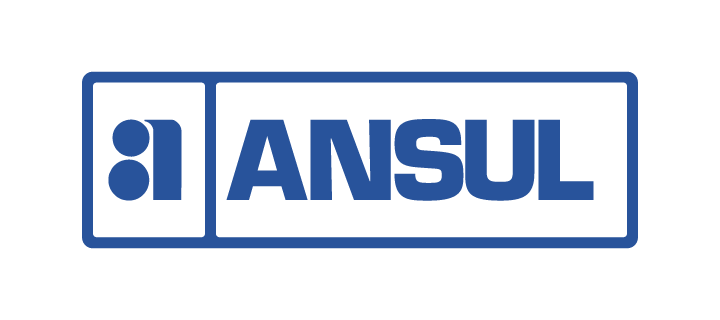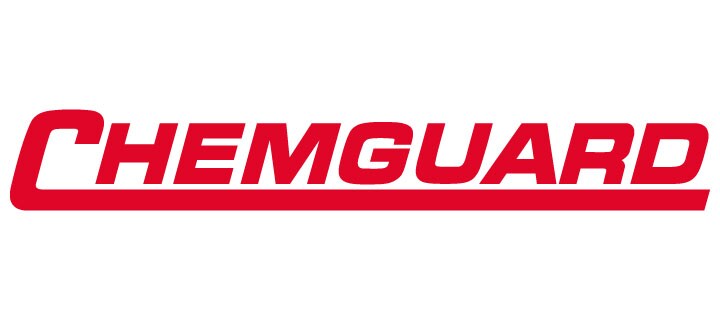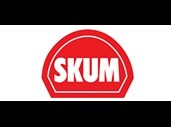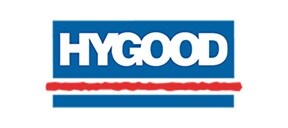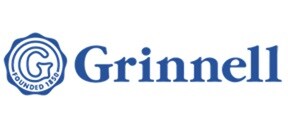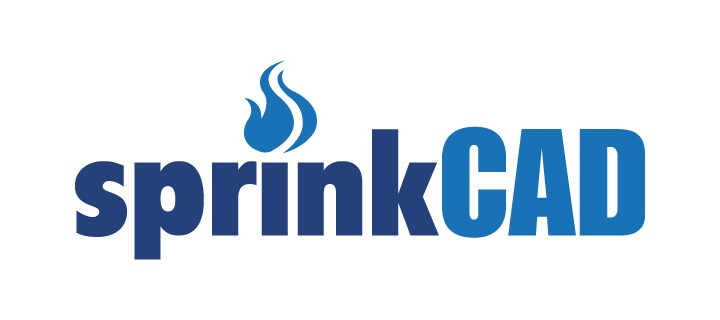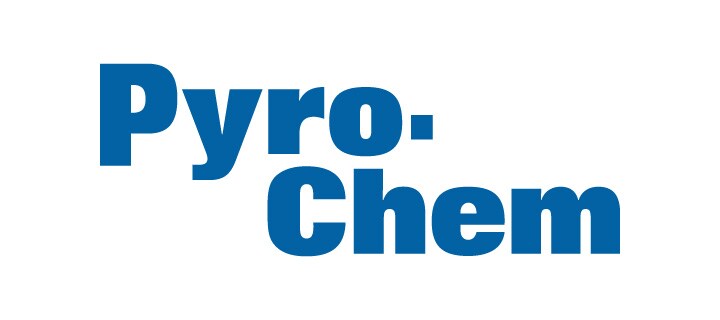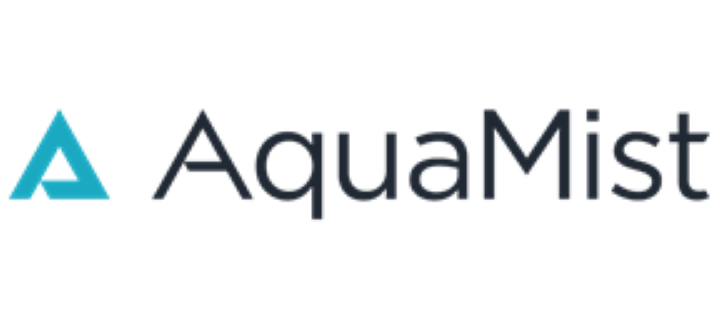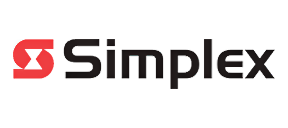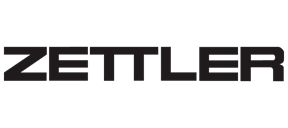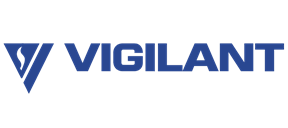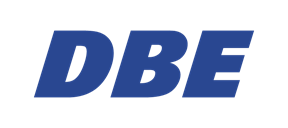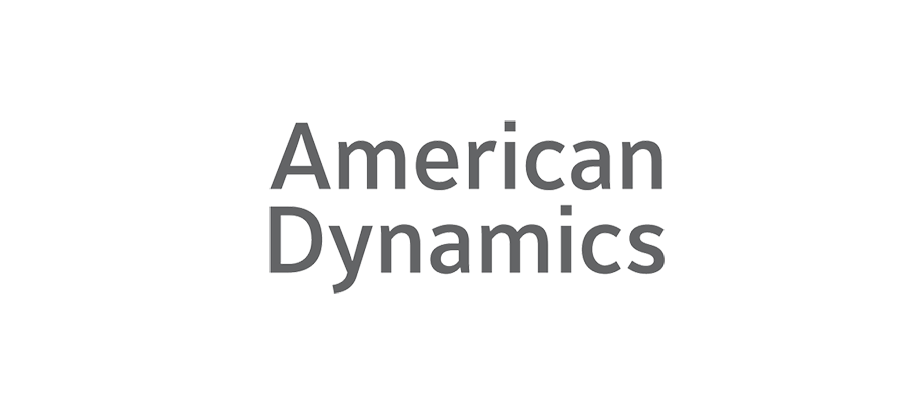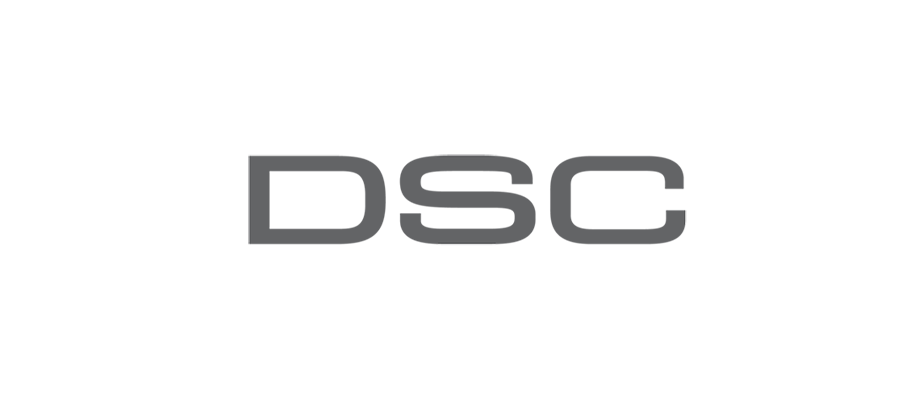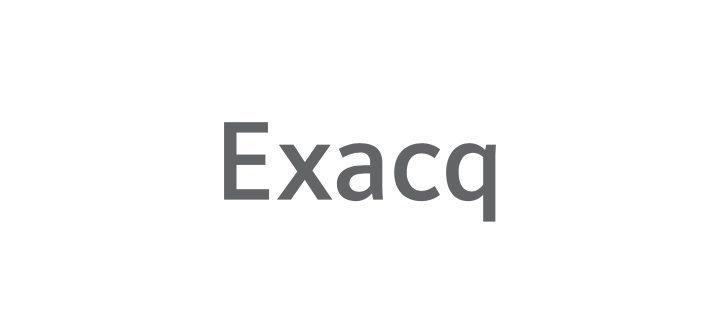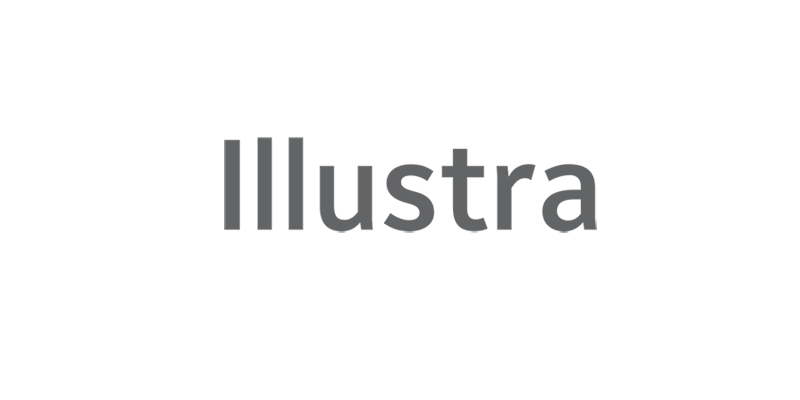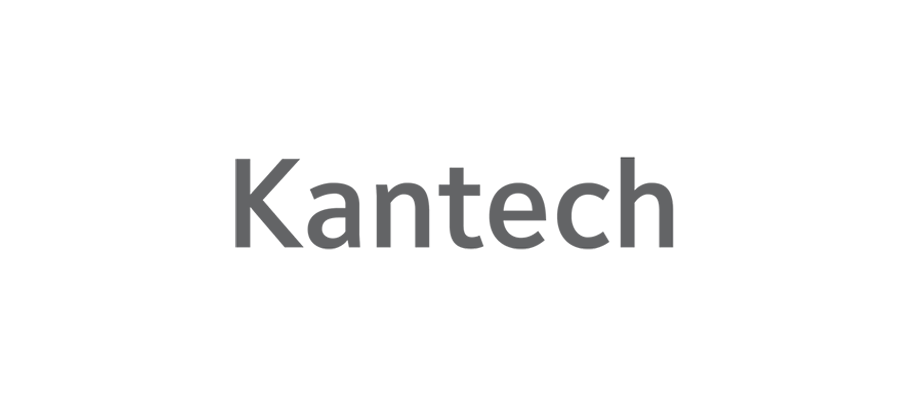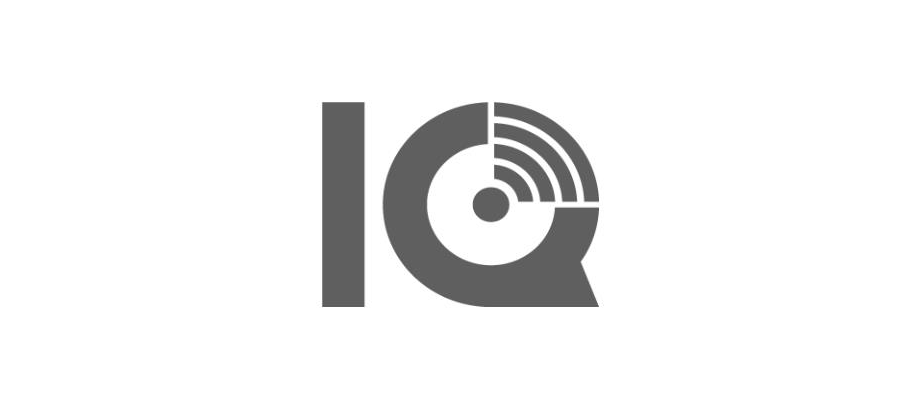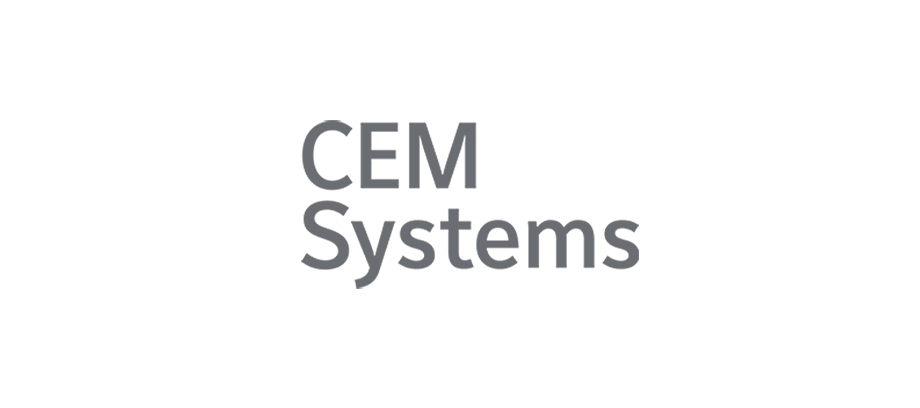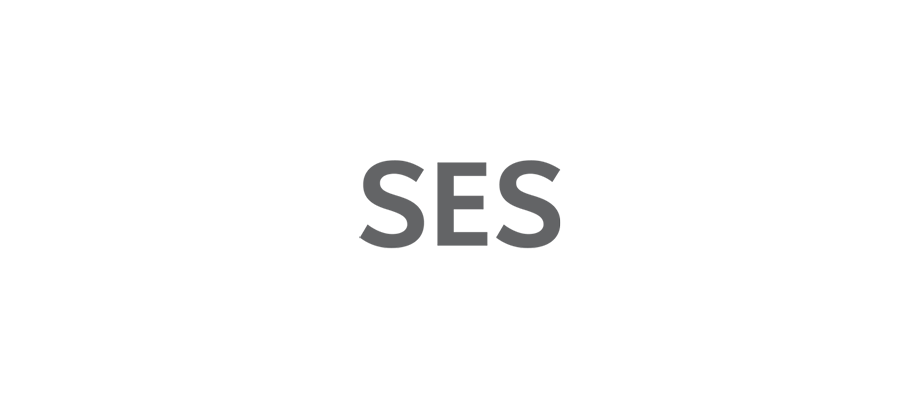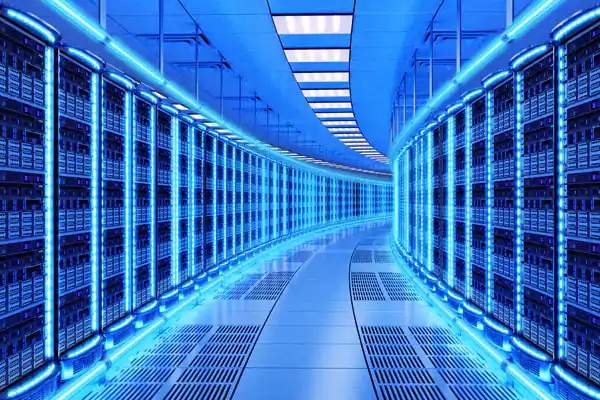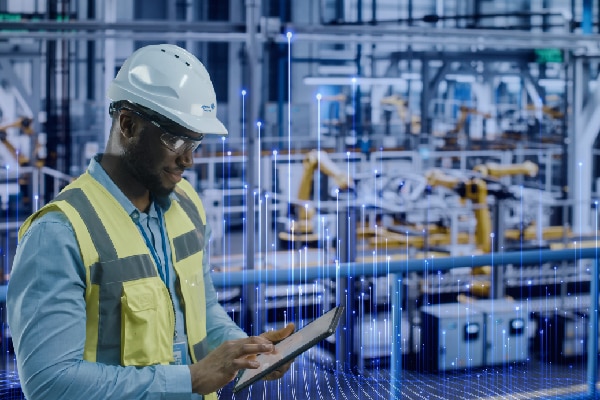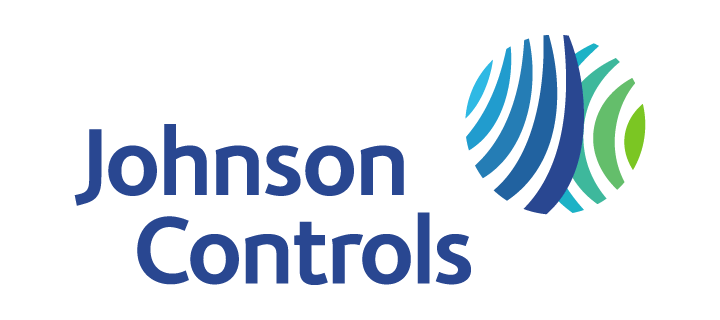- Johnson Controls
- Marine and Navy
- Fire and Flood Detection
- Safety Integrity Level 2 (SIL2) Solutions
Safety Integrity Level 2 (SIL2) Solutions
SIL2 compliant solutions for your peace of mind
Johnson Controls are able to provide multiple configurations where the solution and devices are certified to meet the Functional Safety requirements of SIL2 with failure rates determined by a Safety Analysis Report (SAR).
Defining the SIF’s and assigning SIL’s
What is Functional Safety?
- Safety is defined as freedom from unacceptable risk
- Risk management typically uses the ALARP (as low as reasonably practicable) principle to define tolerable risk
- Functional safety aims to engineer / design out all random, common cause and systematic failures that may result in harm to people, property or the environment
What are the standards associated with Functional Safety?
The following standards use SIL as a measure of reliability and/or risk reduction:
- ANSI/ISA S84 (functional safety of safety instrumented systems for the process industry sector)
- IEC EN 61508 (functional safety of electrical/electronic/programmable electronic safety related systems)
- IEC 61511 (safety instrumented systems for the process industry sector)
- IEC 61513 (nuclear industry)
- IEC 62061 (safety of machinery)
- EN 50402 (fi xed gas-detection systems) defence standard 00-56 Issue 2 – accident consequence
These standard are considered state-of-the-art or good engineering practice so in the absence of any other standard the above will be enforceable in a court of law.
What is a Safety Instrumented Function (SIF)?
SIF – Critical safety system function to reduce risk!
In a safety system a SIF is a single safety loop (or system) made up of a number of sub-systems, typically a sensor, a controller and an end element (e.g. Detector, T2000 Panel, Sounder).
What is a Safety Integrity Level (SIL)?
SIL – level of safety assigned to a single SIF (SIL1, 2, 3, 4).
Carries technical and non-technical requirements, higher the level the stricter the requirements.
Defining the SIF’s and assigning SIL’s
In order to define individual SIF’s the end user must first complete a number of activities to assess both the possible hazards involved with the process and then the risks these hazards may have. Hazard analysis techniques can include fault tree analysis, event tree analysis, cause/consequence.
Analysis, dispersion modelling etc.
Risk Reduction Assessment (RRA) methods include FMEA, HAZOPS, LOPA, risk matrix/graphs.
From the above activities a SIF can be identified and a SIL can be applied.
Why is it important to be SIL2 compliant?
Certification
The International Electrotechnical Commission’s (IEC) standard IEC 61508 defines SIL using requirements grouped into two broad categories: hardware safety integrity and systematic safety integrity. A device or system must meet the requirements for both categories to achieve a given SIL.
Certification schemes are used to establish whether a device meets a particular SIL. The requirements of these schemes can be met either by establishing a rigorous development process, or by establishing that the device has sufficient operating history to argue that it has been proven in use.
Electric and electronic devices can be certified for use in Functional Safety applications according to IEC 61508, providing application developers the evidence required to demonstrate that the application including the device is also compliant. IEC 61511 is an application-specific adaptation of IEC 61508 for the Process Industry sector. This standard is used in the petrochemical and hazardous chemical industries, among others.
What does SIL2 mean to a Fire and Gas System and how does it enhance reliability and resilience?
Each element of a SIL rated safety function must have a calculated probability of failure on demand. All sub components are included in the safety calculation.
Evidence of these safety calculations in the form of a Safety Analysis Report (SAR) is critical in proving Functional Safety compliance.
It is also critical for each device to be certified as SIL compliant, that the safety data has to be third party verified and assessed by an independent certification body (e.g. are TUV, ESC, EXIDA, SIRA).
Additional Benefits:
- We are currently the only provider of multiple addressable SIL2 compliant end to end configurations as standard
- Comprehensive range of SIL2 compliant fire and gas field devices and ancillaries
- Market leading product in terms of system flexibility and configuration
- Global expertise… local delivery… comprehensive through life service and support
- Highly competent engineering teams operated by TUV certified engineers (TUV Rheinland, SIS)
- We have the capability of engineering a SIL2 compliant upgrade and maximising the use of existing system architecture where possible
- We are able to provide complete life safety and asset integrity throughout the life cycle of an installation through design, engineering, installation, commissioning and routine maintenance of both new and upgraded safety instrumented systems (ESD/FandG)
- Our SIL2 addressable detection system is capable of being integrated with 3rd party DCS/SCADA/ESD system utilising a number of different communication protocols
- We carry a team of engineers that are certified for working in marine and offshore environments for the purposes of installation, commissioning and maintenance/through life support globally
- We provide SIL2 compliant systems to Marine and Oil and Gas customers globally
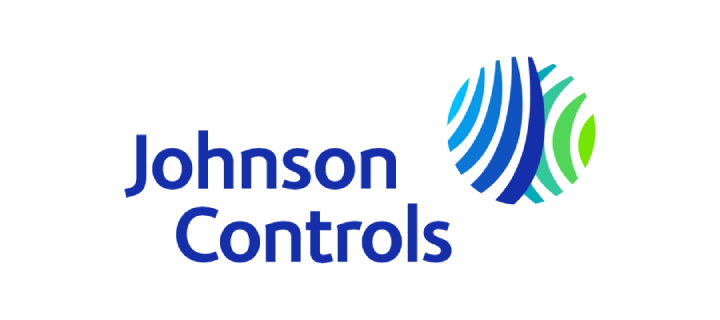
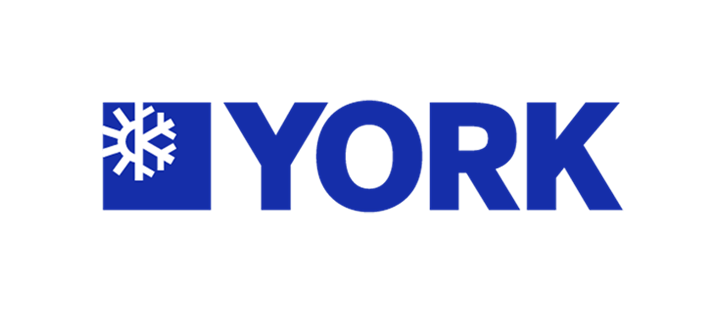



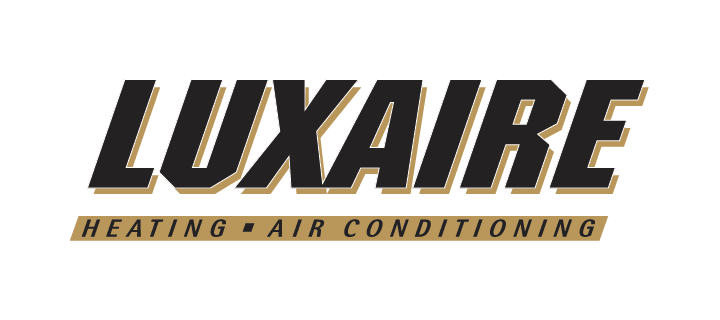
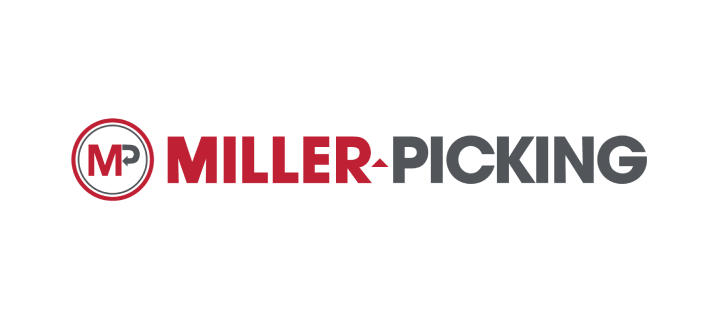

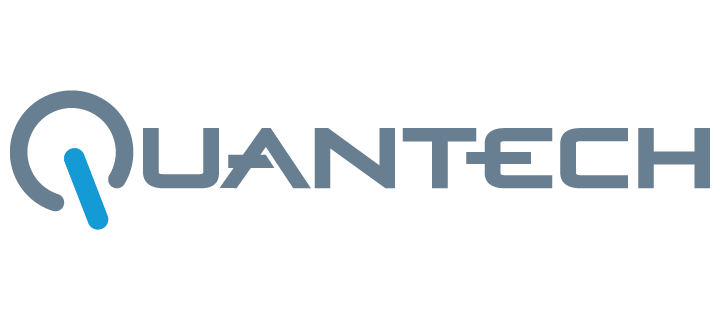
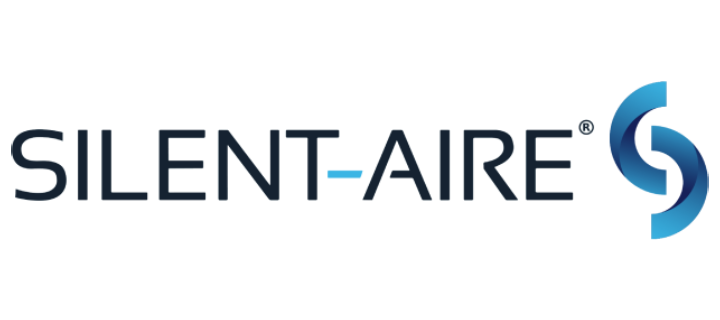
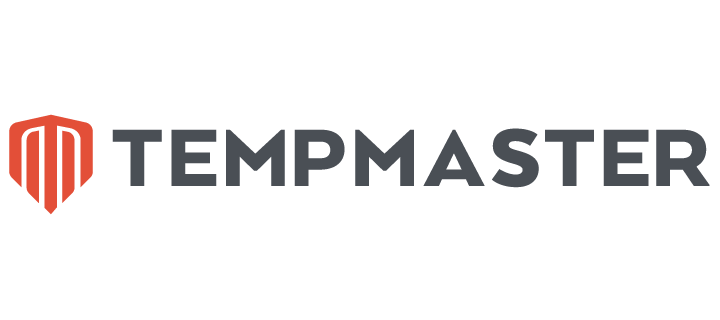

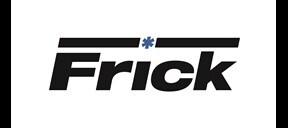
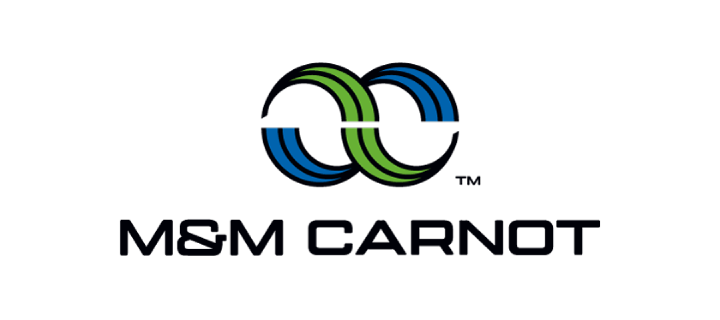
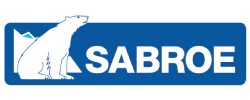
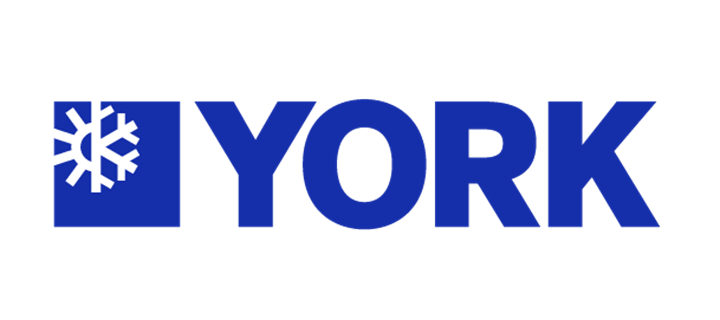
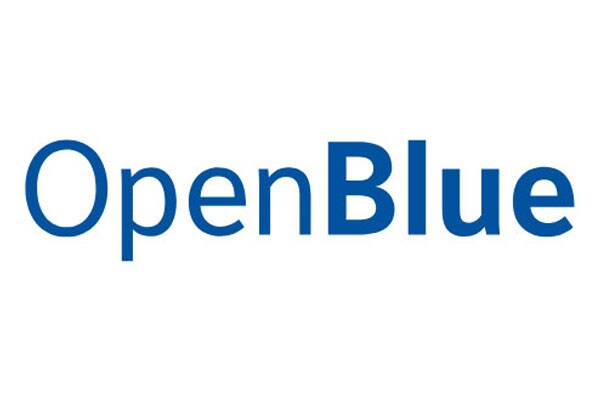
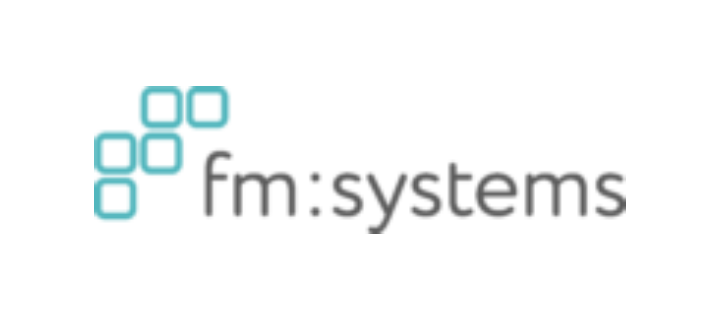
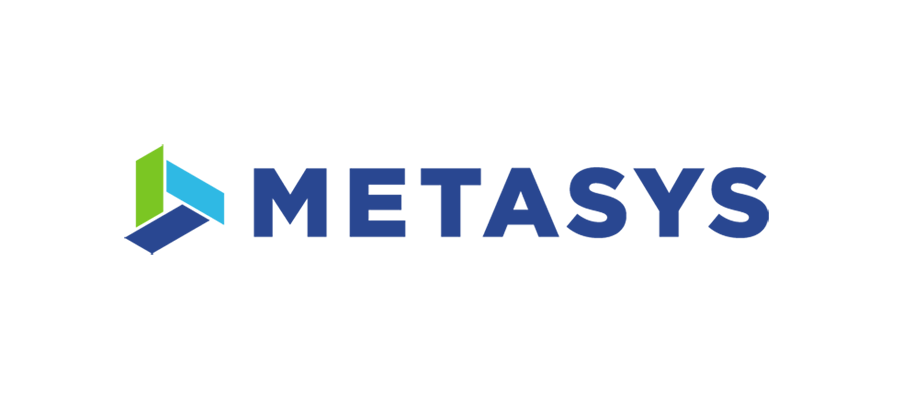


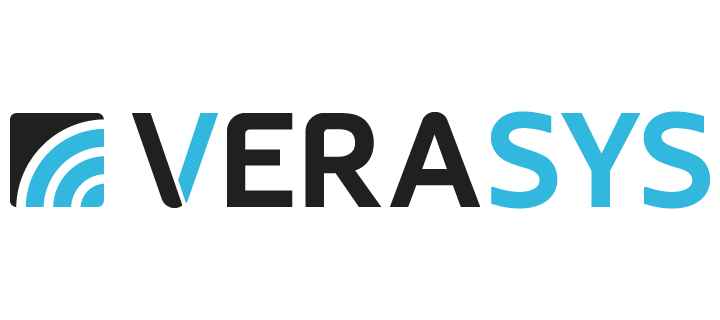
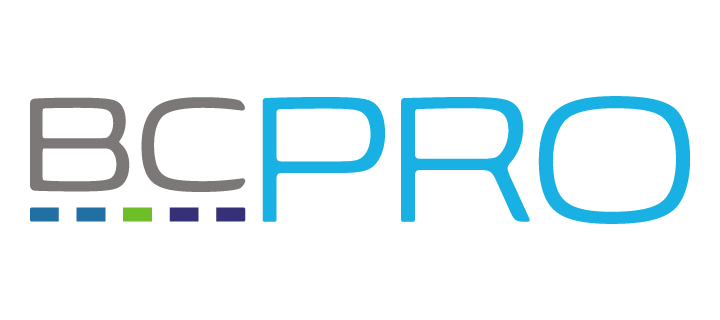
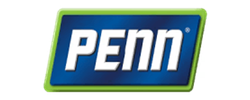

.png?la=en&h=70&w=157&hash=717A494A27ED61C45CEF95AC3A9C6309)
